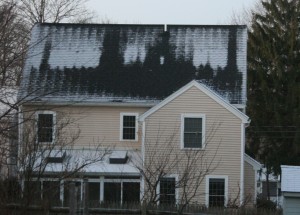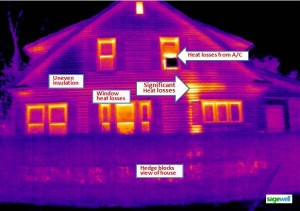A lot of people are getting ice dams this year… a lot of people get ice dams every year.Why? In most cases it is due to a lack of insulation, air-sealing, or both. (Spoiler: If you want to read the best, and most detailed, piece on this I’ve seen, read Martin Holladay’s article on Green Building Advisor.)
If you call a roofer they will usually tell you to install “ice shield” under the shingles as a solution. As you’ll see, that’s kind of like telling you to take medication because you keep getting food poisoning at your favorite restaurant. Better, of course, is to stop eating there.
Continue reading →




